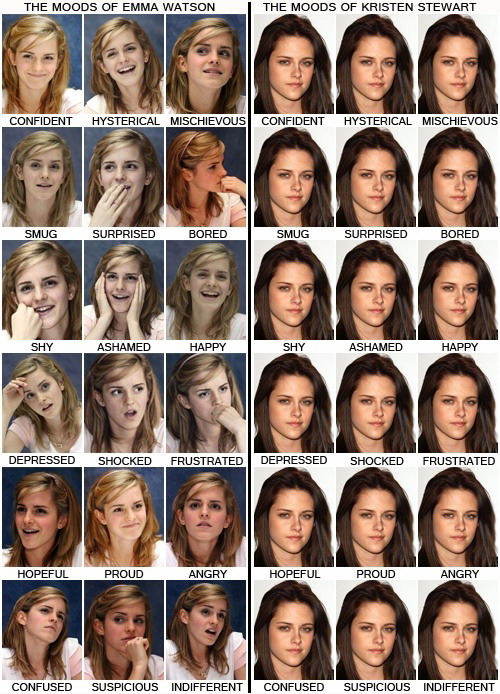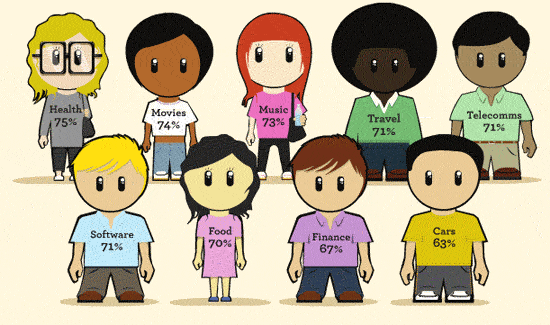
This week lecture involves heavily about technologies, something
that most of us can relate. It started off by describing the timeline of the
technological changes from before 20th century until now. The new
technologies allows faster transmission, allow communication among geographical
dispersed participants, allow asynchronous communication, allows the choice of
being anonymous, big memory storage and easy retrieval features and differ in terms
of cues that are available in the communication process. However, technologies
may have provided much advantages to communication but it does brings some
disadvantages such as the lack of non-verbal cues that may cause confusion due
to the inability of knowing the other person’s emotions and ‘data smog’ where
too much of information are everywhere in your emails, spams, mobiles and etc. When
an organisation inhabits technology that does not requires leaders to be
physically present, it bring less sense of connection with the group and it
changes the way group decision making as people are given time to respond which
causes slower process but the respond produced are higher in quality.

Globalisation brings time and space compression where this change communication
patterns and perceptions. It also enhances sense of global consciousness and
reflexivity that bring awareness of different culture. Globalisation causes disembodied
organisations and people as behaviour and interactions lifted from local
context and restructured across time and space. Globalisation has brought the possibility
of outsourcing and having branches and manufacturing plants worldwide. With
globalization, it is more important now for companies to have an identity as
the company needs to provide certain distinctiveness that allows the
organisation to create and legitimize itself. Due to global economy and
increased technology, it weakened labour unions and competitive organisational
environment thus leads to the age of disposable workforce where there is an
increase of temporary workers or freelances, partiming and self-employment.
However, this will cause lack of organisational identification but a constant
supply of fresh new ideas.

This week tutorial, we are asked to reflect on changes in
communication technology during our lifetime and interview our parents on their
thoughts about technology. We separate the presentation into two parts where
part one are based on our own opinions and experiences in technological changes.
Though we have only been in the world for about 2 decades, we have gone through
some radical changes in technology as we grew up during the years where
technologies are drastically being introduces and evolving almost every day. We remember on the times when floppy disk were
the only way to save files from a computer but now usb drives are even smaller
in size but have a bigger storage space as compared to floppy disk. Smartphones
was once used to be for the rich but now it seemed affordable to anyone even
kids in primary school. For the interview, we shoot a video to show in class.
The video also include a section where we see how parents work with new
technologies. Please watch the video below.









